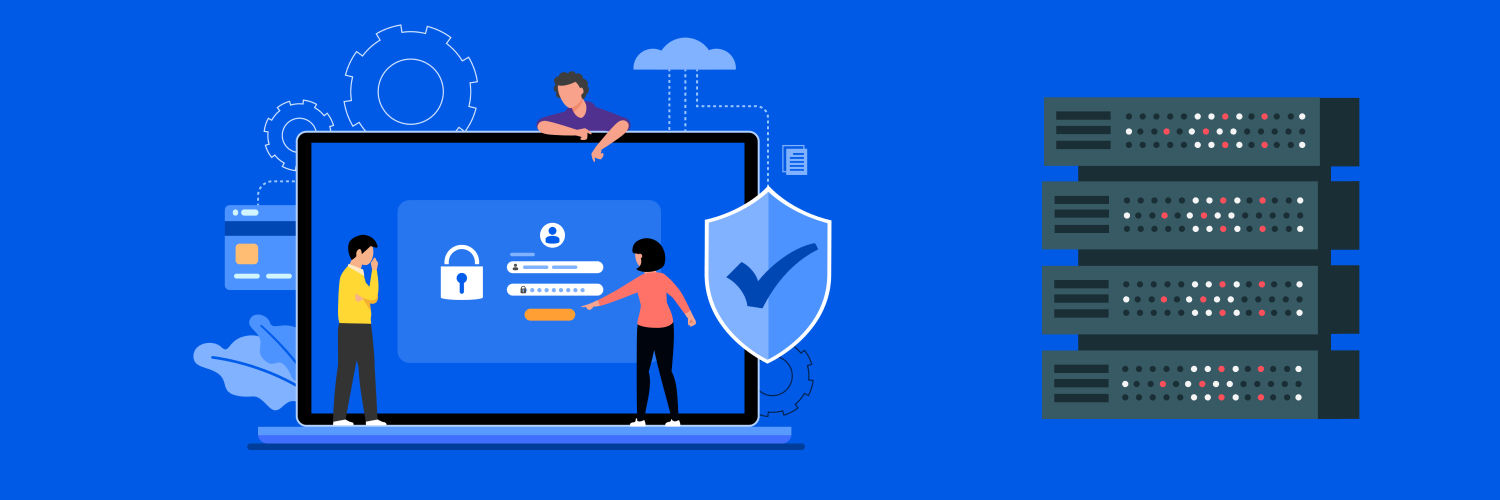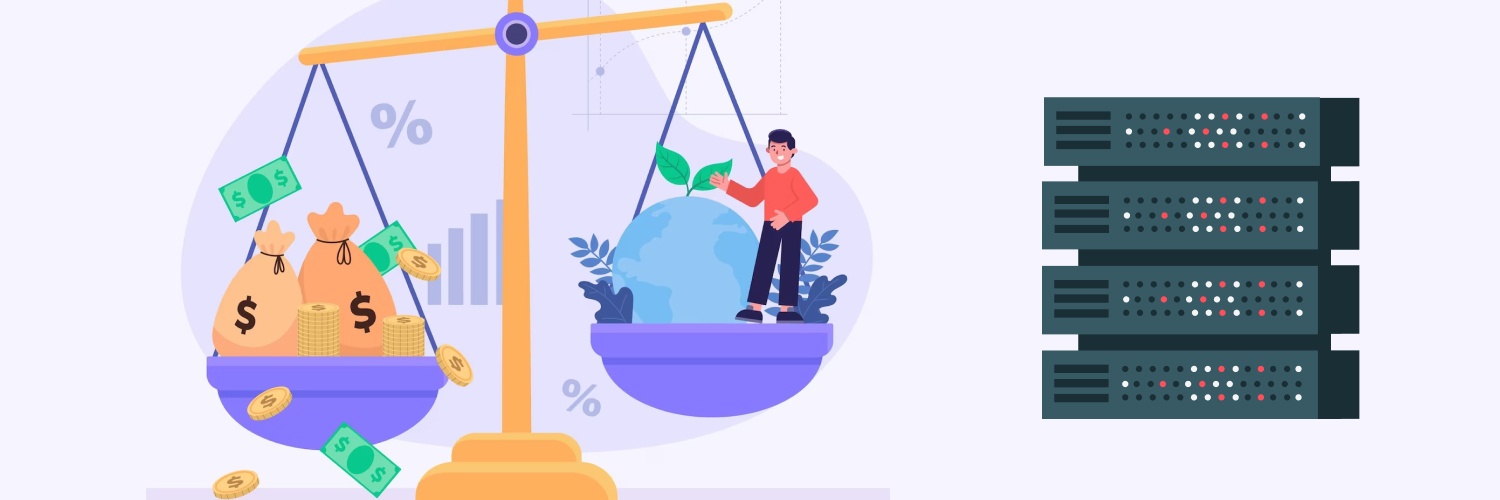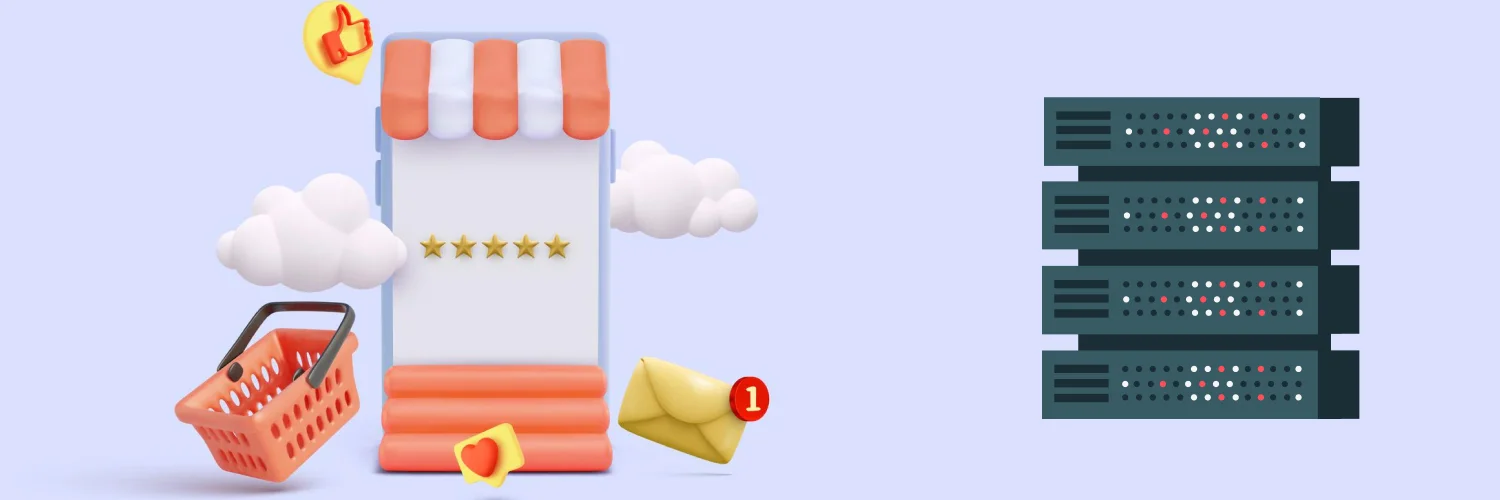How To Scrape Google Shopping Results
To compete in today’s overcrowded e-commerce markets, businesses are learning how to scrape Google Shopping results to glean valuable product and marketing insights.
Web scraping automatically extracts data from websites and online platforms, like Google Shopping. The scraping process involves using software — often referred to as scrapers — to access web pages, retrieve information, and then organize that data for various purposes.
This article provides an overview of how to scrape Google Shopping and the kind of information businesses can gain from the scraping process.
Read on to discover the key steps to scraping Google Shopping, as well as important considerations regarding proxies and programming languages.
Why You Should Scrape Google Shopping
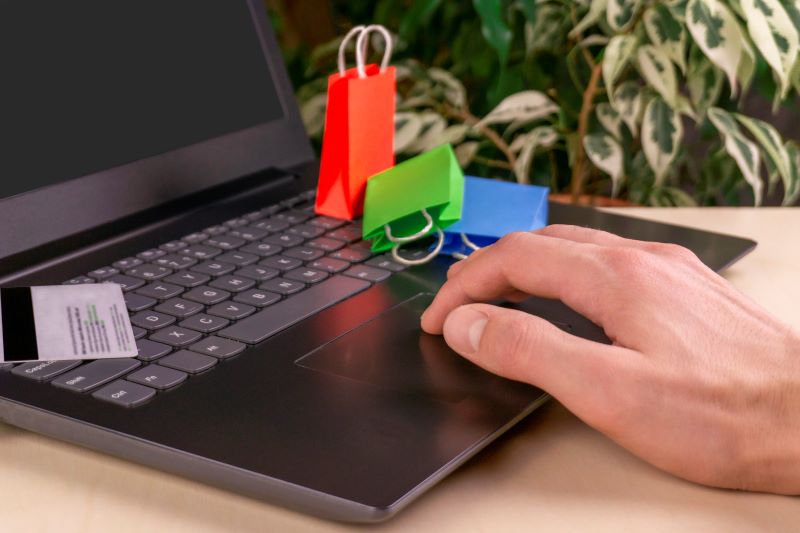
Google Shopping (formerly Google Product Search, Google Products, and Froogle) is an e-commerce service that aggregates information about specific products from different online retailers and merchants.
With Google Shopping, customers can easily compare and contrast prices to find the best deals on the products they want to purchase. For businesses, Google Shopping is a vital resource for monitoring the markets you operate in and ensuring your products are competitively priced.
However, gathering enough information from Google Shopping to generate meaningful insights is no small task. Many businesses rely on web scraping to leverage the full potential of Google Shopping.
Let’s take a look at five key benefits that businesses stand to gain from scraping Google Shopping:
- Price Comparison: For businesses involved in e-commerce or retail, scraping Google Shopping results can help compare prices for similar products across different sellers or platforms. Business leaders can then use this information to create more competitive pricing strategies.
- Inventory Tracking: Scraping product availability and stock levels from Google Shopping can assist businesses in managing their inventory more effectively. Utilizing the scraping method for inventory tracking helps businesses better understand current product demand and availability.
- Market Research: Scraping Google Shopping can provide valuable insights into market trends, product prices, availability, and consumer preferences. This market data aids significantly in creating better sales and product development strategies and enables strategic decision-making.
- Improved Marketing: For marketers and advertisers, scraping Google Shopping results can provide information on popular products, descriptions, and pricing trends. Marketing teams can use this information to optimize campaigns and target specific audiences more precisely.
- Product Development: Analyzing product reviews, ratings, and customer feedback scraped from Google Shopping can offer insights into customer preferences and pain points, aiding in product development and enhancement.
Although your business can gain vast amounts of valuable data by scraping Google Shopping results, it is essential to note that scraping must be performed in accordance with Google’s terms of service and legal regulations regarding data privacy.
7 Steps for Scraping Google Shopping Results

Scraping Google Shopping requires a combination of tools, skills, and programming knowledge to gather data while adhering to legal guidelines effectively. Before beginning the scraping process, you must decide which tools you want to use and ensure everything is set up properly.
Let’s quickly take a look at the tools you will need:
- Programming Language: Web scraping is typically performed with Python, but other languages like JavaScript or Ruby can work for scraping as well. Proficiency in your chosen programming language is crucial for writing scraping scripts and effectively utilizing web scraping libraries. The programming language you choose impacts the scraper tool you build, as it must be suitable for web scraping tasks.
- Web Scraping Libraries: A web scraping library is a collection of functions, tools, and utilities designed to facilitate the extraction of data from websites. These libraries provide developers with pre-built functions and methods to access web pages, parse HTML content, and extract desired information efficiently. Web scraping libraries streamline the process of building web scrapers by abstracting away low-level details, allowing developers to focus on extracting data rather than dealing with intricate web-related operations.
- Proxy Services: When scraping Google Shopping, a proxy serves as an intermediary between your scraping tool and the Google Shopping website. It functions by hiding your actual IP address and providing an alternate IP address to mask your identity. Proxies are highly useful for maintaining a user’s anonymity and bypassing restrictions that inhibit scraping activities.
- Data Storage: Web scraping requires you to have the tools for structuring and storing scraped data in various formats, including CSV files, JSON objects, and various databases. The choice of data storage tools depends on factors like data volume, structure, scalability, ease of querying, data processing needs, and integration with the scraping pipeline. CSV or JSON might suffice for smaller-scale projects, while larger projects often require databases or cloud-based storage solutions for efficient data management and analysis.
In addition to the above tools, you need a strong understanding of web scraping and how to handle anti-scraping measures on Google. If you are not well-versed in Python, you may need to find Python programmers experienced in web scraping to assist with this task.
Now that we have covered the tools needed for scraping Google Shopping, let’s walk through the seven main steps involved in the scraping process:
- Set Up Your Programming Language & Libraries: Before you can begin scraping, you must install your chosen programming language and web scraping libraries on your system. If you are using Python, you will need to install two packages — Requests for sending requests to the Google Shopping API and Pandas for populating data in your data structure.
- Identify Target URLs: Determine the specific Google Shopping pages or search results you want to scrape. In general, you should scrape the Search, Products, and Pricing pages. However, you can scrape any page that you believe has valuable data.
- Inspect the Page Structure: Use developer tools in your browser to understand the structure of the web pages you plan to scrape. Identify any HTML and CSS elements that contain the data you need (such as product names, prices, and ratings).
- Write the Scraping Code: Develop a script using your chosen programming language and scraping tool to navigate the Google Shopping pages, request the HTML content, and extract the desired data from the identified HTML elements.
- Prepare Anti-Scraping Measures: Google may employ anti-scraping measures like CAPTCHA or rate limiting. Implement strategies to handle these, such as using proxies, rotating user agents, or introducing delays in your scraping process.
- Test & Execute the Scraper: Verify that your scraping script works as intended by running it on a small subset of data and checking for accuracy and completeness. Once tested, run your scraper to extract the desired data from Google Shopping pages. Ensure it collects the information you need accurately and efficiently.
- Store, Analyze, & Monitor: Save the scraped data in a structured format (like CSV, JSON, or a database) for further analysis, processing, or integration into your applications. Regularly monitor the scraping process for any changes in page structure or anti-scraping measures. Update your scraper accordingly to maintain its functionality.
Best Practices for Scraping Google Shopping Results

Along with the steps detailed above, there are many best practices to consider when web scraping.
Arguably, the most important best practice is executing scraping activities responsibly and in accordance with all relevant terms of service. While proxies can help you bypass scraping restrictions, it is still essential to know what legal standards you are expected to follow.
Here are three additional tips for best practices when scraping Google Shopping:
- Start with small-scale tests to ensure your scraping script functions as intended before scaling up.
- Employ user-agent rotation and proxy services to prevent IP blocks and detection.
- Be cautious about the frequency of requests to avoid triggering anti-scraping measures.
Scraping Google Shopping can be complex due to potential anti-scraping measures, so staying updated on web scraping techniques and being mindful of the legal and ethical aspects is crucial for successful and responsible scraping.
What Can You Scrape from Google Shopping?

While there is plenty of data and information to scrape from Google Shopping, you should focus on three main pages — the search, product, and pricing pages.
Let’s examine what information each of these pages can provide:
- The Search Page: On the search page, you can enter a search query and find all relevant products available via Google Shopping. The search page provides a comprehensive list of items available and key information about each item, such as a description and price. Additionally, the search page allows you to apply different filters and compare products according to specific parameters, such as style and color. The search page also often provides basic descriptions and the name of the retailer of a specific product.
- The Product Page: A product page is a dedicated page for a specific product. This page is home to much more detailed information about a specific product, including a full description of the product’s features, pictures of the product, and product reviews. Google Shopping product pages include Min-Max price ranges that allow customers to compare a product’s minimum to maximum price range across different retailers, aiding in finding the best deals. The product page is also where specifications for a product can be found, such as size and dimensions.
- The Pricing Page: A pricing page on Google Shopping lists all the prices for different retailers’ products and includes ratings for the product and retailer filters. On a pricing page, users can compare how different retailers price the same product and how each retailer measures up to the next in terms of ratings and reviews. This information can be particularly useful for gaining insights into effective marketing and product listings from the most successful or highly rated retailers on the Google Shopping platform.
The Challenges of Scraping Google Shopping

When scraping Google Shopping, the most pressing challenge is dealing with anti-scraping measures.
Navigating these challenges requires expertise in web scraping techniques, a keen understanding of Google’s scraping and data policies, and constant adaptation to evolving anti-scraping measures. Resolving these challenges often involves a combination of technical skills, ethical considerations, and strategic approaches to data collection.
Google implements techniques and technologies for preventing scraping and better safeguarding data available through Google Shopping and other services. These anti-scraping tools can include:
- CAPTCHAs: Google may present CAPTCHAs to verify if a user is human, disrupting automated scraping processes.
- Rate Limiting and IP Blocking: Google can restrict access or block IP addresses that make too many requests in a short period.
- Detection of Scraping Activity: Google continually updates its algorithms to detect and block scraping automatically, making it challenging to scrape undetected without the help of third-party service providers, such as proxies.
Which Proxies are Best for Scraping Google Shopping?

In the context of scraping Google Shopping, a proxy serves as an intermediary between your scraping tool and the Google Shopping website. It functions by hiding your actual IP address and providing an alternate IP address to mask your identity.
Proxies are considered a web scraping requirement by many developers and are crucial for several reasons when it comes to scraping:
- Anonymity: Proxies help maintain anonymity by masking your real IP address. This prevents Google from directly identifying and potentially blocking your scraping activities.
- IP Rotation: Proxies allow you to rotate IP addresses, simulating different locations or users. This rotation helps evade detection and prevents flagging for excessive requests from a single IP.
- Bypass Restrictions: Google and other websites might impose restrictions on the number of requests from a single IP address. Proxies help distribute requests across multiple IPs, avoiding rate limits or blocks.
- Geolocation: Depending on the type of proxy used (like residential proxies), you can mimic user behavior from different geographic locations, which is useful for scraping location-specific data on Google Shopping.
Choosing the best proxies for scraping Google Shopping depends on various factors, including the scale of scraping, the level of anonymity required, and the scraping frequency. Google is known to employ anti-scraping measures, so selecting the right proxies is crucial to avoid IP bans or detection.
Here’s a breakdown of the different proxy types and their suitability for scraping Google Shopping:
- Residential Proxies: Residential proxies use IP addresses assigned to real residential users, making them more legitimate and less likely to be detected as a scraper. They mimic real user behavior better. These proxies can be more expensive compared to other options and can sometimes have slower speeds but often provide greater stability compared to alternatives.
- Data Center Proxies: Data center proxies are fast, reliable, and usually more affordable than residential proxies. They provide high-speed connections and are suitable for high-volume scraping. However, data center IPs are easier to detect as they’re not associated with residential locations, making them more likely to get blocked by Google’s anti-scraping mechanisms.
- ISP Proxies: ISP proxies use IP addresses assigned by Internet Service Providers (ISPs), making them more similar to residential IPs. They can offer better reliability and anonymity, though availability might be limited and more costly compared to data center proxies.
Data center proxies generally offer better speed and reliability, which is crucial for high-speed scraping. Mixing in residential or ISP proxies can add an extra layer of authenticity that helps you better maintain your anonymity and avoid anti-scraping measures.
The Pros & Cons of Programming Languages for Scraping Google Shopping
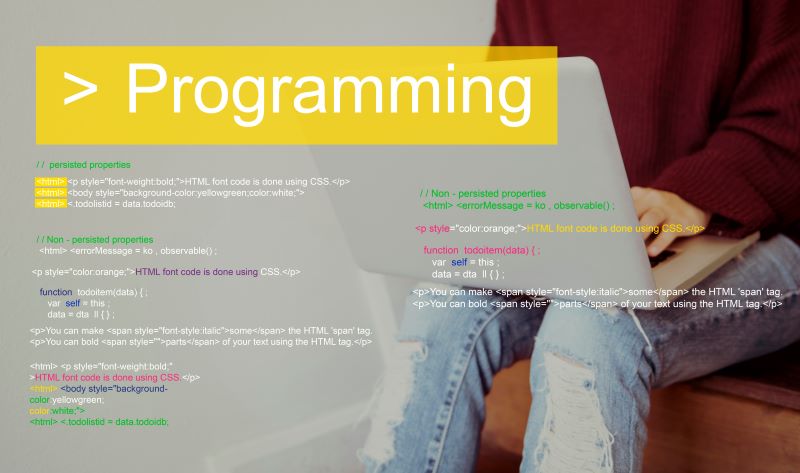
When scraping Google Shopping or any website, the choice of programming language plays a crucial role in the efficiency, ease of development, and versatility of your scraping project.
Let’s now discuss the pros and cons of using Python — the most common programming language used for web scraping — as well as other languages for scraping Google Shopping:
Python
Not only is Python the most common language used for web scraping, but it also offers greater simplicity, making it more accessible for beginners compared to other languages.
Here are the pros and cons of using Python for scraping Google Shopping:
Pros:
- Rich Libraries: Python has powerful libraries like BeautifulSoup, Scrapy, and Requests, specifically designed for web scraping, simplifying the overall scraping process.
- Readability: Python’s simple and clean syntax makes it easy to write and understand scraping scripts, reducing development time and effort.
- Community Support: Python has a large and active community, providing ample resources, tutorials, and support for web scraping projects.
- Ecosystem: Python offers a wide range of tools and packages for data manipulation, making it convenient for handling scraped data.
Cons:
- Speed: Compared to compiled languages like C++ or Rust, Python can be slower due to its interpreted nature, potentially affecting scraping speed for large-scale projects.
- Resource Intensiveness: Python might consume more system resources, which could be a concern for extensive scraping tasks.
- Scalability: While Python is great for small to medium-scale scraping tasks, it might face scalability issues when handling very large datasets or heavy concurrent scraping operations.
Other Programming Languages
JavaScript:
- Pros: JavaScript can be useful for scraping dynamic content on Google Shopping due to its ability to interact with web elements and execute within a browser.
- Cons: Scraping with JavaScript might require tools like Puppeteer or headless browsers, adding complexity to the process.
Ruby, PHP, and Others:
- Pros: These languages have libraries and tools for web scraping, offering alternatives for developers comfortable with their syntax and ecosystem.
- Cons: Ruby, PHP, and other languages might have fewer dedicated libraries for scraping and less community support compared to Python.
Final Thoughts

Effectively scraping Google Shopping requires a mix of the right tools, strategies, and support. Utilizing key technologies like proxies can be an excellent way to efficiently scrape meaningful information from Google Shopping without running the risk of consequences from anti-scraping measures.
When you’re ready to get started, check out Rayobyte’s proxy solutions to simplify the scraping process.
The information contained within this article, including information posted by official staff, guest-submitted material, message board postings, or other third-party material is presented solely for the purposes of education and furtherance of the knowledge of the reader. All trademarks used in this publication are hereby acknowledged as the property of their respective owners.



